Alice Coomber
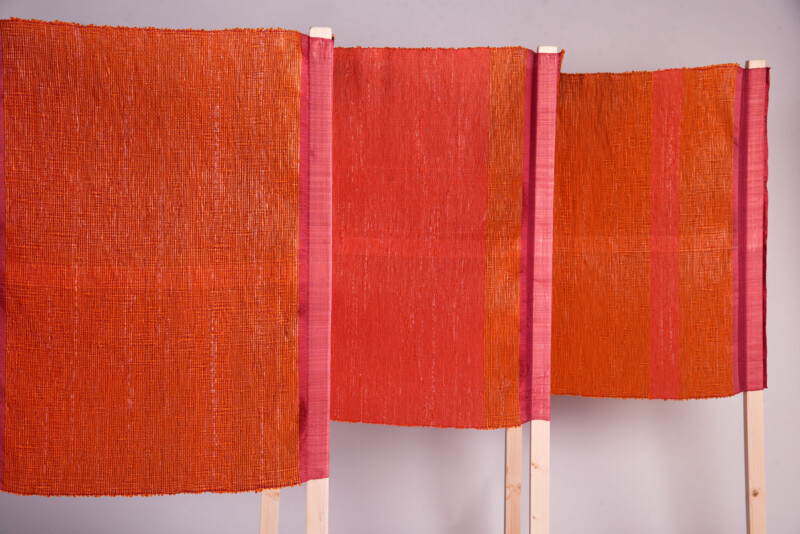
“During this project I will identify that microplastics inhabit the spaces we use. I shall investigate existing blinds and room dividers currently available on the market. I shall create textiles made from waste plastics that hold static charge and attract microplastics. I will design these textiles to filter the air and alter and enhance internal environments by working with the architecture they inhabit. I will bring graphics, science and architecture into my research and will use all I discover to inform my outcomes, both visually and practically. I aim to create large scale installation art pieces that play with light, colour and illusion. They can be easily adapted to create products such as blinds and room dividers to design spaces that are unique and flexible. I will propose how these materials are best used in order to effectively filter and reduce microplastics in interiors and bring light and colour into environments. I aim to change our perceptions of waste plastic and show how they can be greatly transformed in both their appearance and the benefits they can bring for our environments when used correctly.”
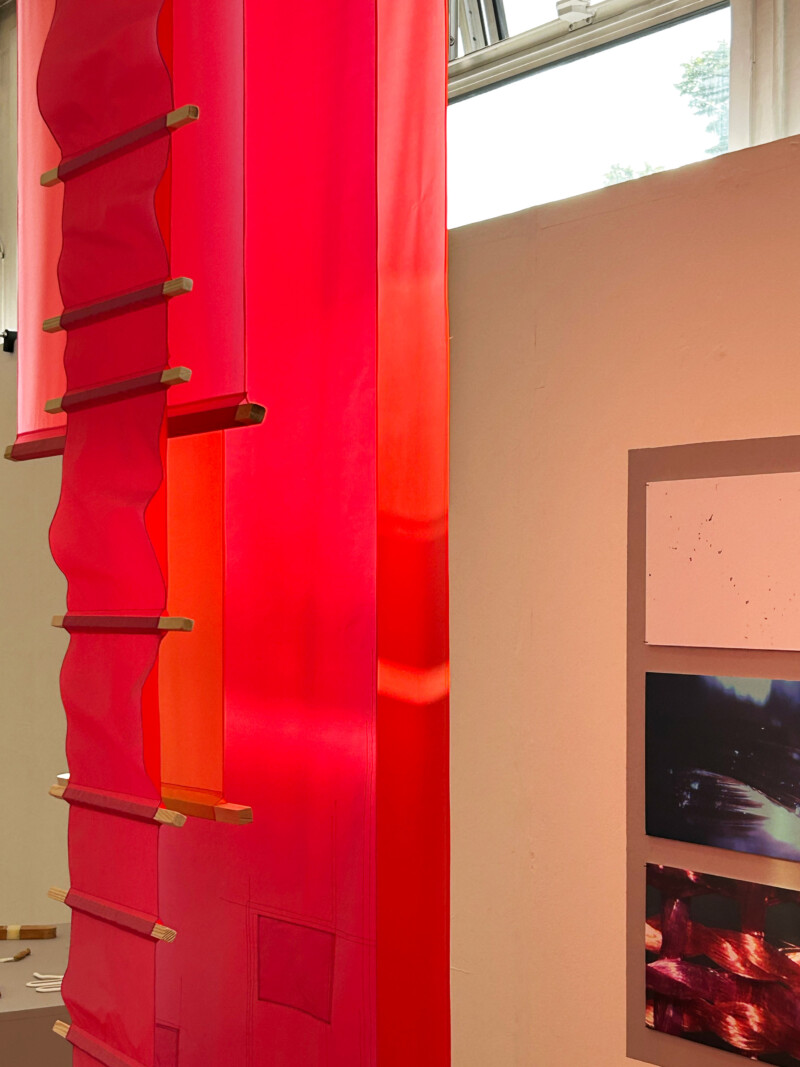
Using waste materials to create abstract designs that embody a greater concept or issue has been a way of working I have felt drawn to during my time studying. All aspects of my designs come from research and context development to ensure there is intention behind every decision. This final project was approached in this way.
I started my research with microplastics and how they are released from synthetic textiles often used in our interiors and clothing. My initial intention was to raise awareness of microplastics as a long-term environmental issue and from this investigate alternative ways of using waste plastics in textiles. During the early development stages of this research, I started pondering the possibilities of collecting airborne microplastics from our interiors. With the help of the University Science Department, I was able to confirm that my initial theory using static charge inherent in the plastic material would make collecting airborne microplastics possible. By combining science, architecture, and design I can use natural forces to collect microplastics on the surface of my textiles.
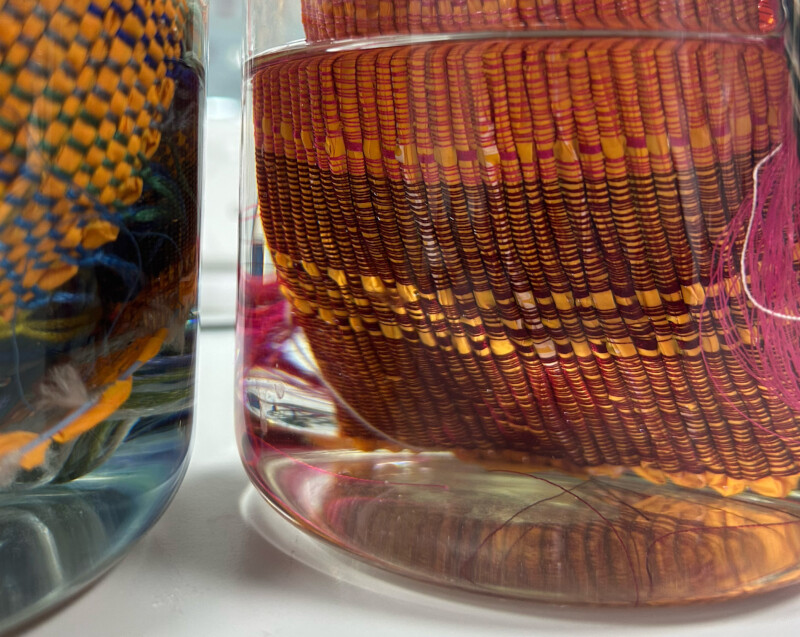
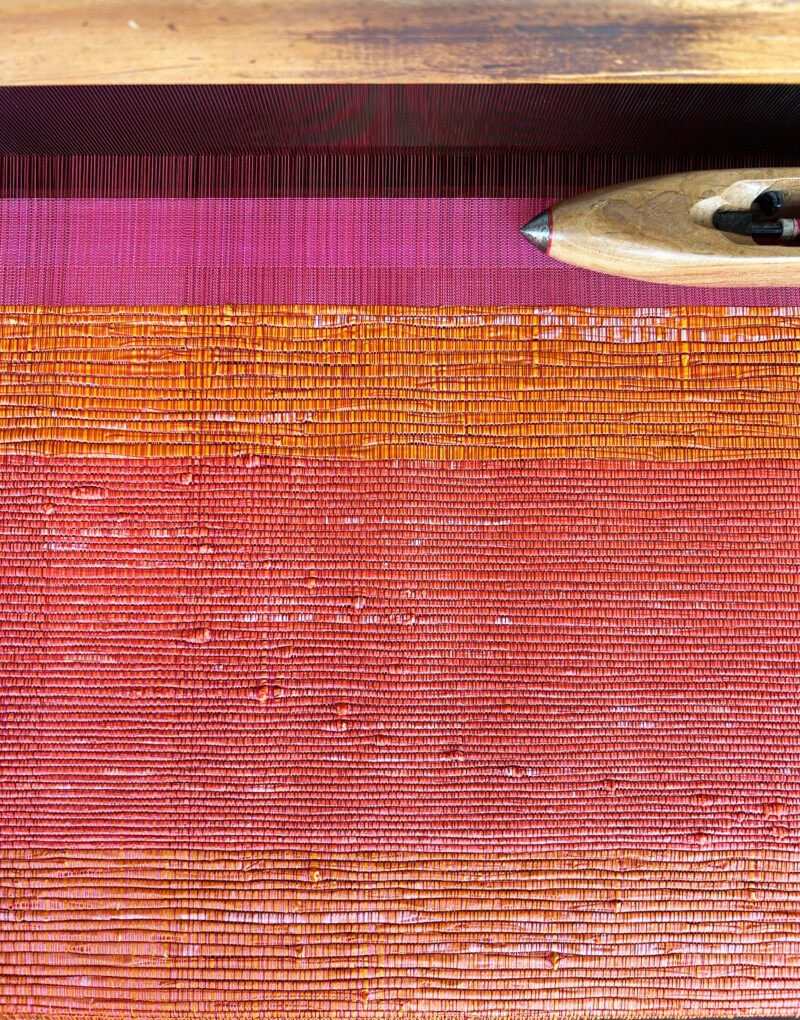
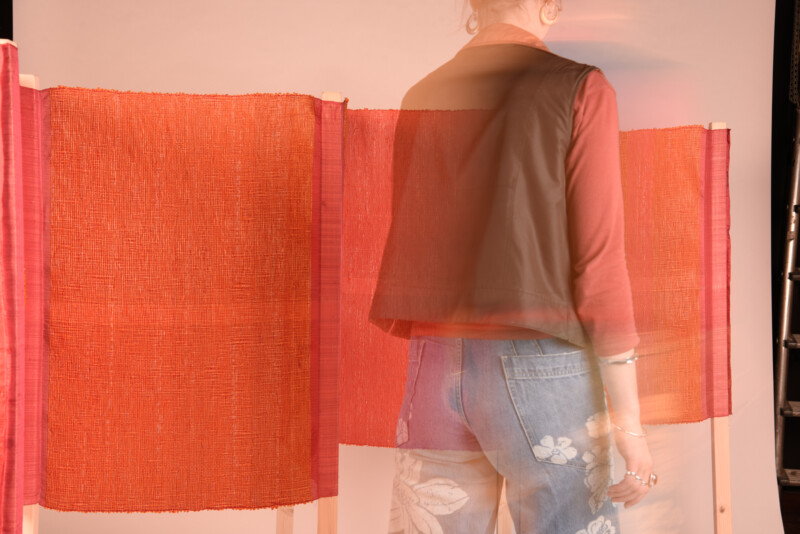
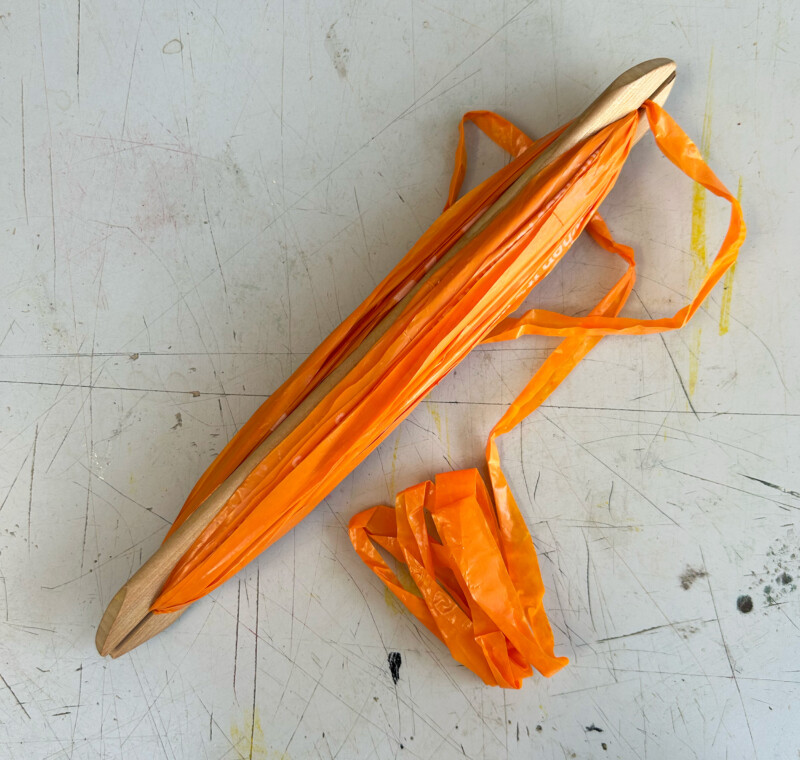

The next steps would be to undertake further testing of designs and materials placed within different environments for extended periods in varying airflows. From there, installation sampling would be undertaken to determine the number of particles found in a square metre of material. From the testing and collection of microplastic particles, investigation can be undertaken into how they could be harvested and contained.
There are scientific-grade filters that are designed to extract particles from water that could be used in combination with the textiles. Tests would need to be undertaken with these filters to ensure it is the most effective method of collection. With details like this thoroughly researched the sustainability of the textiles and their efficiency can be further increased to maximise their potential.
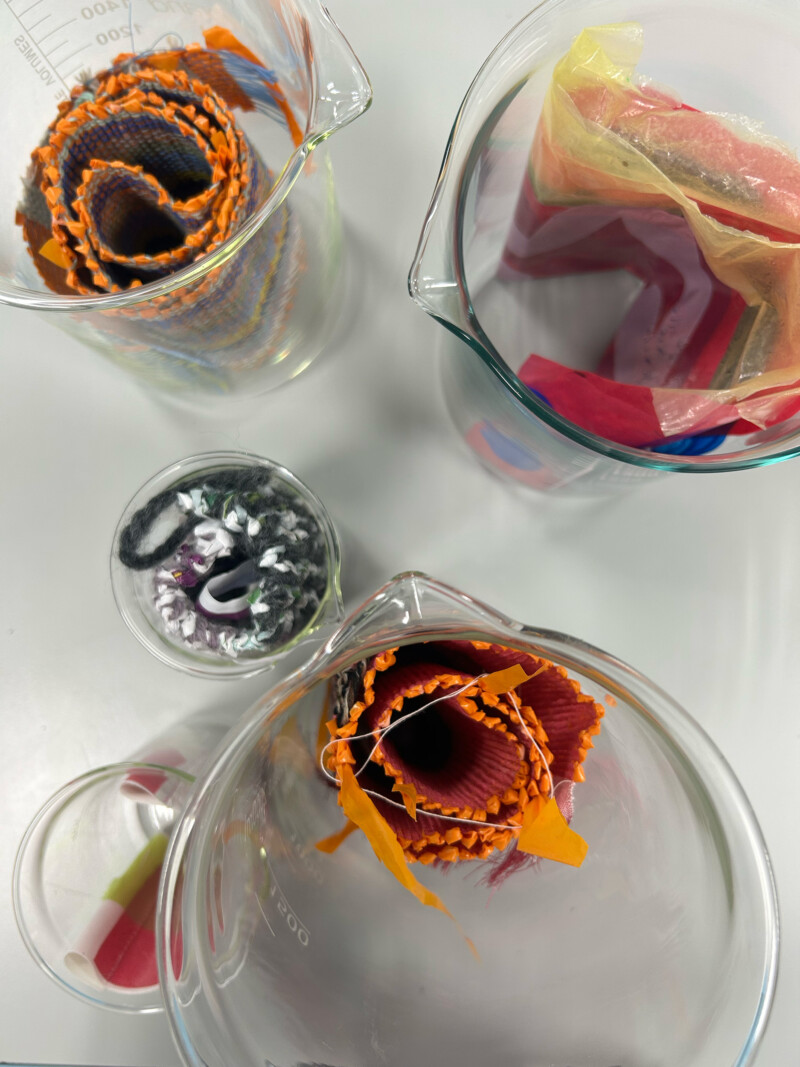
Contact Alice Coomber
- Phone
- +447341831577
- alicecoomber@btinternet.com
- https://www.linkedin.com/in/alice-coomber-baab71205/
- @alicecoomberart